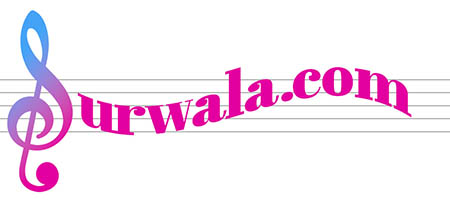Hello everybody!
Translate this page:
You can translate the content of this page by selecting a language in the select box.
Title: ClapstickDescription: Clapsticks, also spelt clap sticks and also known as bilma, bimli, clappers, musicstick or just stick, are a traditional Australian Aboriginal instrument. They serve to maintain rhythm in voice chants, often as part of an Aboriginal ceremony. They are a type of drumstick, percussion mallet or claves that belongs to the idiophone category. Unlike drumsticks, which are generally used to strike a drum, clapsticks are intended for striking one stick on another. == Origin and nomenclature == In northern Australia, clapsticks would traditionally accompany the didgeridoo, and are called bimli or bilma by the Yolngu people of north-east Arnhem Land in the Northern Territory of Australia. == Boomerang clapsticks == Boomerang clapsticks are similar to regular clapsticks but they can be shaken for a rattling sound or be clapped together. == Technique == The usual technique employed when using clapsticks is to clap the sticks together to create a rhythm that goes along with the song. == See also == Clapper (musical instrument) Clapper stick == References == == External links == A survey of traditional south-eastern Australian Indigenous music by Barry McDonald (book chapter) Moyle, Alice M. (1978). Aboriginal Sound Instruments (PDF). Aboriginal SoundInstrumentsAlice M MoyleCompanion Booklet for a CompaCt DisCAustralian Institute of Aboriginal and Torres Strait Islander Studies. ISBN 9781922059468. "Clapsticks". University of Melbourne. 21 June 2017. "1788 - Meet Waruwi: Clapping sticks". My Place. Australian Broadcasting Corporation/. 24 December 1999.

